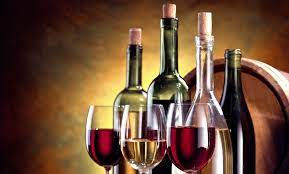Guide To Tasting Wine
- vealboozer
- Dec 26, 2023
- 1 min read

The basics of tasting wine are relatively sparkling red wine simple to learn. Once the fundamentals are mastered, the nuances and details can be enhanced over a lifetime. Like any other skill, tasting wine requires practice, and consistency is probably the most important factor.It is imperative that you taste in spotlessly clean glasses. The most common contaminants in unclean glasses are invisible molecules left behind by cleaning products. Even high-end restaurants can be guilty of this faux pas. It is best to thoroughly hand wash glasses with unabrasive soaps and hot water.
One helpful strategy an aspiring wine taster can pursue is tasting with a friend that has superior knowledge. Questions can be addressed, and you will quickly become comfortable with this unnecessarily intimidating subject.Another important strategy for a beginning wine taster is to taste several wines side-by-side that share at least one common variable. This could be the varietal, style, AVA of origin, or any combination of the three.Tasting blind will minimize any prior opinions or stereotypes. You may be surprised to discover that less-expensive wines are more pleasing to you.
Wine tasting employs much more than just the taste buds, although they are very important. Your palate is a term for how taste buds on your tongue translate particular flavors to your brain. The palate can perceive only four basic flavors: sweetness, sourness, saltiness, and bitterness. Most of the subtle flavor components of wine are actually picked up by one's sense of smell.



Comments